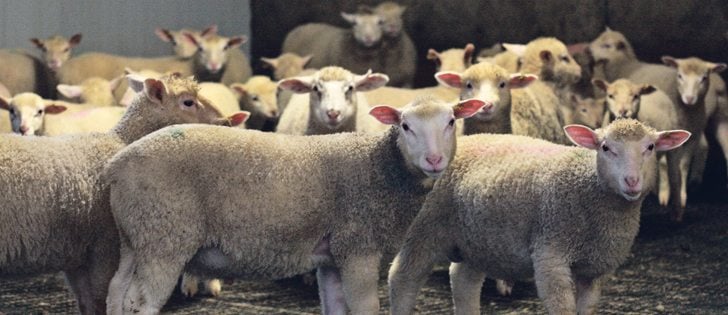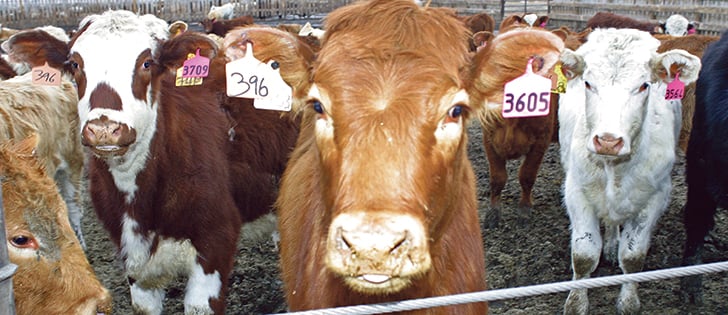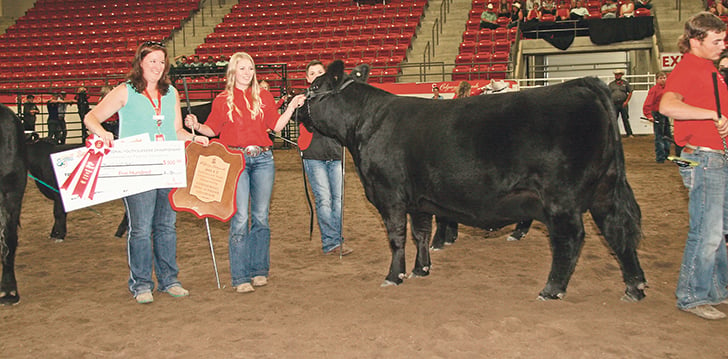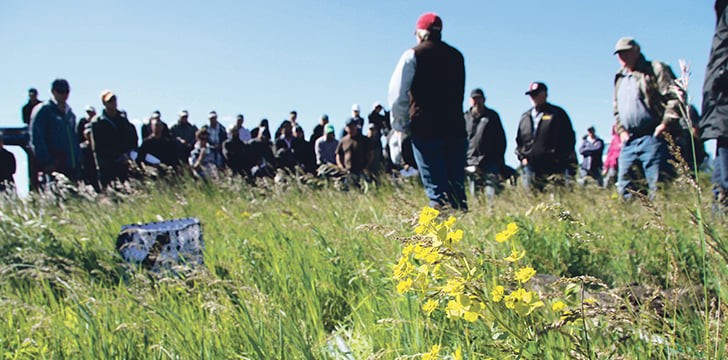Bovine ocular squamous cell carcinoma, more commonly known as cancer eye, is the most common form of cancer affecting cattle in North America.
The prevalence of this condition depends on geography. It is more common where cattle are exposed to higher levels of sunlight, such as in sub-tropical regions or in the southwestern United States.
However, the disease is also prevalent in Canada and is most commonly seen in cattle with unpigmented skin around their eyes.
Few studies have looked at the disease in large populations, but one estimate from the Netherlands estimated the prevalence at .04 percent based on examining 35,000 cattle.
Read Also
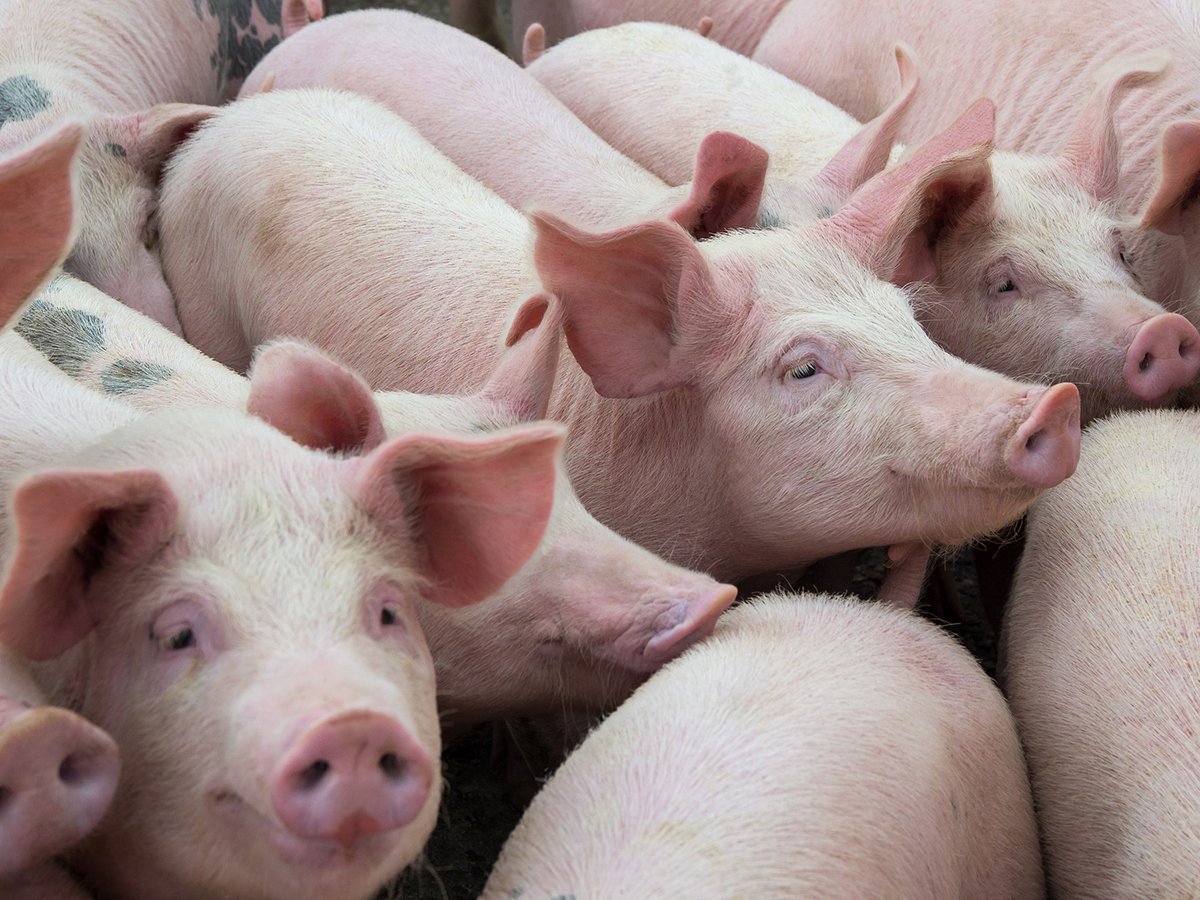
Quebec pork company calls for transparency around gene-edited pigs
Quebec-based pork company duBreton is calling for transparency around meats from gene-edited pigs on concerns that a lack of mandatory labelling will confuse consumers, and dilute certification claims. The organic sector is also calling for labelling rules.
The disease is seen more commonly in older cattle with the highest incidence seen when cattle are approximately eight years old.
Multiple factors are involved in expressing the disease, including heritability, sunlight, nutrition, skin pigmentation and viral involvement. The cancer will be seen in both eyes at the time of diagnosis in 30 percent of cases.
Cancer eye can be subtle in the early stages and may require careful examination to detect.
These small benign lesions become malignant in 70 percent of cases, and treatment options are often much more successful if they can be detected in the early stages. These precursor lesions are often small white or pink plaques or growths on the edge of the coloured part of the eye, which is where the white of the eye joins the dark.
Pinkeye lesions or scars that are healing can also appear similar to plaques, but they are usually in the centre of the pupil on the cornea.
Malignant tumours are most common on the third eyelid. They are often on the lower part of the lid and can be small growths that may also be crusted over with exudate from the eye. These tumours may bleed easily if irritated.
Veterinarians can remove many of these smaller lesions if they are detected at an early stage.
Removal methods include excision, cryosurgery, which uses liquid nitrogen to freeze the lesion, or hyperthermia, which uses a special instrument to heat the tissue of the lesion.
Conventional surgery may be necessary if the lesions are too large.
The lesions can be removed if they are limited to the third eyelid, but sometimes the entire eye must be removed to stop the spread of the cancer.
These surgeries are highly successful if the cancer has not had a chance to spread extensively, but they should be considered temporary because cattle are likely to eventually get further lesions.
Cancer eye is a malignant tumour, and the cancer can invade the surrounding tissue or spread into the local lymph nodes if given enough time. Treatment is no longer an option when this happens.
As well, slaughter is no longer an option once the cancer has spread into local lymph nodes or into the tissue around the eye. These advanced cases will be condemned at the slaughter plant and should not be transported for slaughter.
Animals should be humanely euthanized as soon as possible.
Early detection will help treat these cases successfully and allow cows with a calf at foot to wean the calves before being culled.


